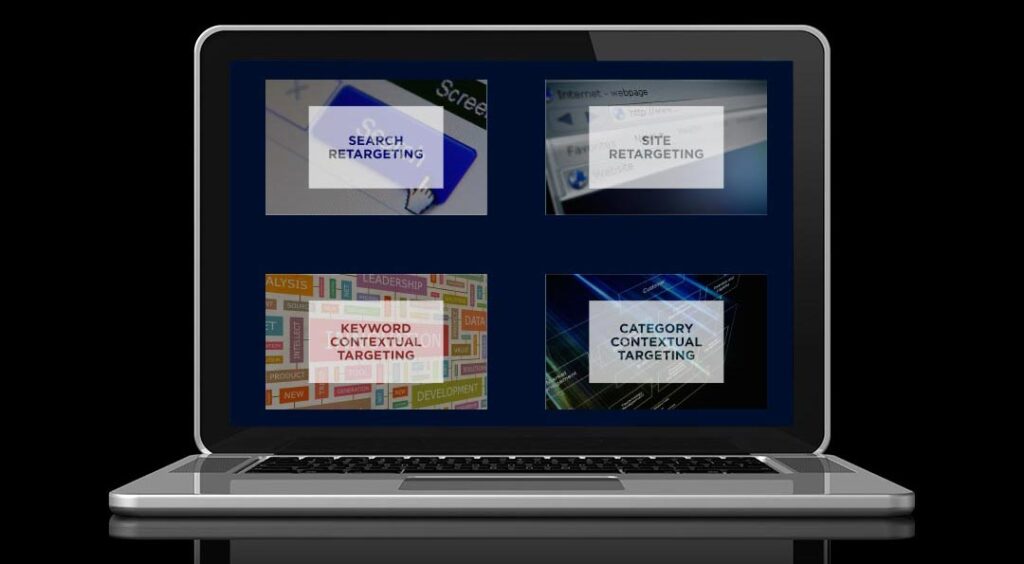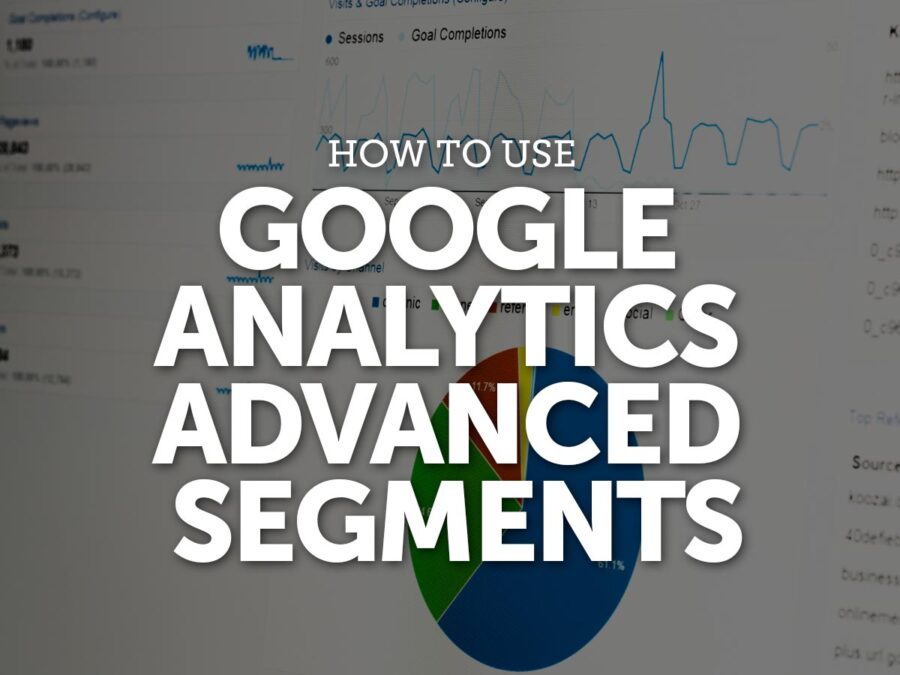Without question, programmatic ad buying is on the rise, and it doesn’t appear as if it will slow down anytime soon. In fact, programmatic is expected to account for 72% of all display ad dollars by 2017. And for good reason – programmatic tends to be less expensive than more traditional digital display buys, is more efficient, more targetable and generally proves a greater ROI.
Marketers continue to look for ways to promote via desktop and mobile, especially with the dramatic decrease in consumer response to banner ads. Programmatic buying has brought opportunity to the digital landscape, allowing agencies and brands to maximize dollars while realizing a positive impact on the bottom line.
In light of these advances, many marketers are left wondering how they can use programmatic ad buying to their advantage and what the future holds for this promising technology.
Programmatic is a More Cost-Effective Approach to Media Buying
First, programmatic ad buys are generally less expensive than more traditional digital ad buys because of the amount of impressions that are served in order to meet a cost per action goal. Brands that buy programmatic on a regular basis can realize a tremendous savings over time, allowing for dollars to be focused in other areas.
Brands that buy programmatic on a regular basis can realize a tremendous savings over time, allowing for dollars to be focused in other areas.
Second, programmatic ad buys tend to allow for better conversion tracking. For example, if your KPI is online sales, programmatic buys allow not only for assessing click-through sales, but also for looking at view-through sales. In other words, the technology allows for tracking users from the first time they view an ad all the way through to conversion, even if they don’t click the ad itself. This is critical given that fewer than a fifth of all online users ever click on a banner ad.
Marketers are tasked with making every single dollar count. The ability to track revenue on a programmatic buy regardless of a user’s journey is compelling. This, along with attributes of being cost-effective and highly targetable is attractive.
Buying Programmatic Can Work in Tandem with Direct Buys
While publisher relationships are becoming less important as agencies and brands turn more and more to programmatic, there is still a need for buying media in more traditional ways. Depending upon the campaign objective, there’s typically a delicate balance between the two. While programmatic allows for contextual targeting of audiences, direct digital buys may often complement an offline ad buy necessary for frequency. In addition, publishers often offer 100% share of voice for placements on their sites, which isn’t something offered by programmatic buys. If readership aligns with your target demographic, direct buys should be part of your media mix. Work to find the right balance of programmatic and direct for your brand.

Programmatic is Entirely Customizable, and Extremely Powerful
From static messaging to entirely dynamic creative that is pieced together as quickly as a browser window loads, there are some amazing things marketers can do when it comes to programmatic. The following describe many of the powerful ways to make use of today’s ever-changing technology to serve relevant messages to your audience.
- Search Retargeting allows for the targeting of display ads or native ads based on user-intent. When a user submits a query through a search engine, the ad displayed is specific to what they are searching. This is where dynamic creative can play a big role. Use search retargeting when acquisition or brand awareness is a campaign goal.
- Site Retargeting allows for the targeting of display ads or native ads based on actions a user takes on a website. This is done by placing pixels on a site, and serving ads based on predefined actions a user might take. Use site retargeting when retention, repeat engagement or brand building is a campaign goal.
- Keyword Contextual Targeting allows for the targeting of users viewing content with keywords identified as important by the advertiser. Keyword contextual targeting serves up ads that are contextually relevant to a user at a specific moment in time.
- Category Contextual Targeting groups sites into categories based on industry, type and other factors. Use category contextual targeting when a category is relevant to your message or brand.
Programmatic is Cross-Platform and Multifaceted
It’s no surprise that mobile advertising is on the rise. According to eMarketer, “Real-time bidding in private marketplaces specifically is the fastest-growing transaction method for mobile programmatic ads,” and is expected to reach $2.86 billion in transactional revenue. In an omnichannel world, it’s increasingly important for marketers to diversify spend across devices, ensuring a seamless integration and continuum of marketing messages.
Various asset types should also be considered as part of the marketing mix. Video is now the top engaged with content type across the web. The Interactive Advertising Bureau saw this coming some time ago when they released standard ad units for the display of video, and have furthered this with their Rising Star units. It’s no surprise, then, that video also has a place in programmatic ad buys. Mopub predicted that over $2 billion in video ads would be transacted programmatically in 2015 – nearly triple the spend in 2014.
Predictions are that we’ve only scratched the surface in programmatic ad buying. For example, emerging technology uses on-site actions and social chatter to build custom profiles for enhanced targeting. In addition, the growth of private marketplaces (PMPs) are making programmatic even more attractive for advertisers and publishers alike. So what does the future of programmatic hold? While we can never be entirely sure, the future of programmatic looks bright.



